[Case Study] XCAL-VQML Deployed at Major Network Vendor’s R&D Center
Sep 25, 2025

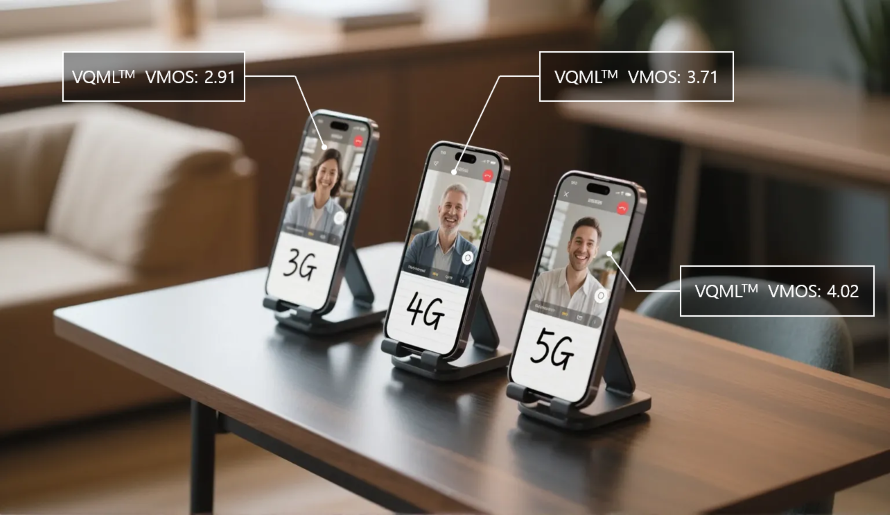
The rapid growth of video-based communication, ranging from streaming services to enterprise conferencing, has made video quality assurance a critical requirement for operators and telecommunication equipment vendors. Unlike traditional KPIs such as throughput or latency, video quality is inherently subjective and influenced by multiple factors at device, service platform, and network levels.
This case study highlights how XCAL-VQML was deployed at a major network solution vendor’s R&D center to overcome these challenges and deliver reliable, repeatable video quality measurement.
Powered by AI-driven, no-reference video assessment, XCAL-VQML delivers accurate, consistent, and real-time MOS (Mean Opinion Score) values. By combining deep learning with advanced test features, the solution enables operators and vendors to bridge the gap between network KPIs and user experience, validating video services under real-world conditions.
Powered by AI-driven, no-reference video assessment, XCAL-VQML delivers accurate, consistent, and real-time MOS (Mean Opinion Score) values. By combining deep learning with advanced test features, the solution enables operators and vendors to bridge the gap between network KPIs and user experience, validating video services under real-world conditions.

Customer Challenge
The customer faced a fundamental problem:
The customer faced a fundamental problem:
- How does the network affect actual video quality as perceived by end users?
Traditional testing approaches, which rely on physical cameras or manual MOS evaluations, made it difficult to:
- Establish a consistent and repeatable testing environment.
- Eliminate environmental variables such as lighting or device handling.
- Scale video quality measurement across multiple applications and devices.
As a result, the R&D team struggled to build confidence in their ability to benchmark video service quality under real-world conditions accurately.
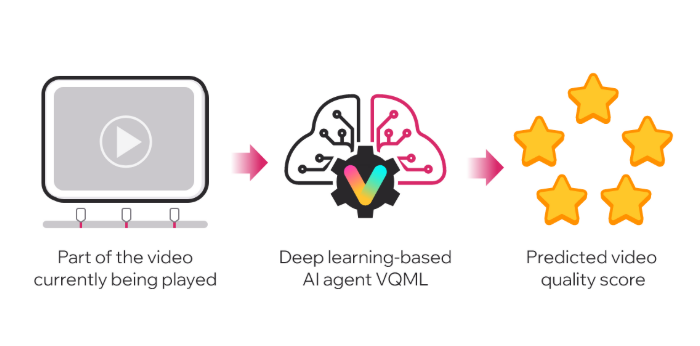
XCAL-VQML Overview
Accuver provided the XCAL-VQML solution, an AI-based video quality assessment framework designed to deliver accurate MOS values without requiring original reference videos.
Key capabilities included:
AI-powered MOS Prediction:
Trained on large-scale video datasets, XCAL-VQML predicts Mean Opinion Score (MOS) values in real time, closely aligned with human perception.
Application Coverage:
Supports widely used services such as YouTube, WhatsApp, WeChat, Skype, Microsoft Teams, etc., reflecting actual end-user experiences.
Controlled Measurement Environment:
Using the Virtual Camera capability, which replaces physical camera input with standardized reference files, ensures consistent and objective testing.
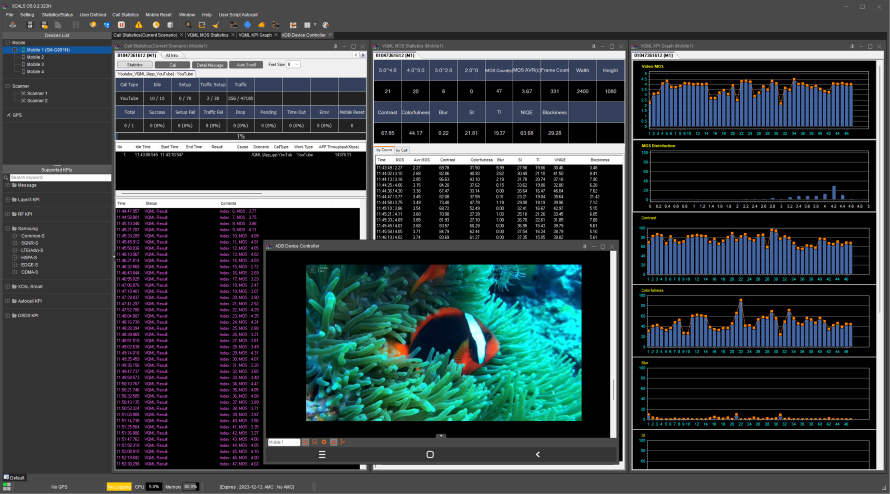
Outcome
The deployment produced tangible results:
The deployment produced tangible results:
- Generated MOS values for streaming video without requiring a reference file.
- Repeatable MOS values were achieved, proving that XCAL-VQML could reliably measure how the network impacts perceived video quality.
- The solution provided the customer with confidence in benchmarking video services, creating a foundation for wider adoption across its global labs.
These results demonstrate that XCAL-VQML produces reliable and reproducible video quality scores, even under varying device or application conditions.
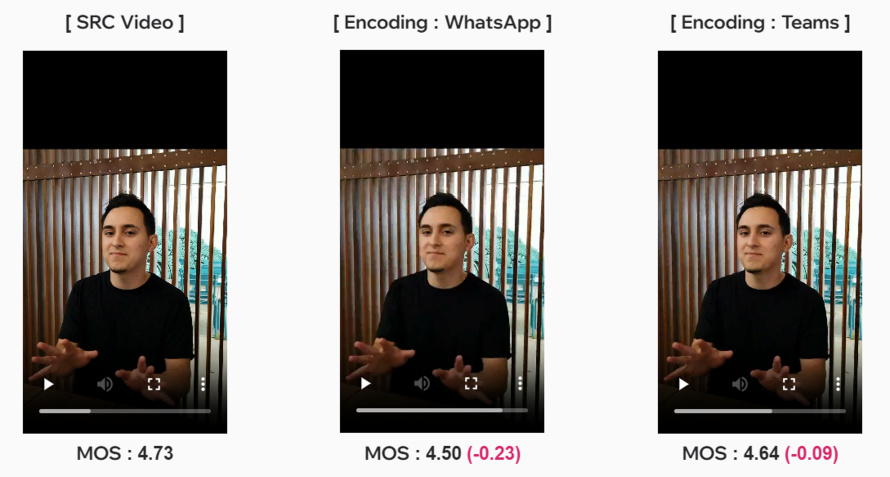
Significance
This case study demonstrates the power of XCAL-VQML as more than just a tool, it is a solution that bridges the gap between network KPIs and user experience. By enabling objective, repeatable, and scalable video quality measurement, XCAL-VQML empowers operators and vendors to:
This case study demonstrates the power of XCAL-VQML as more than just a tool, it is a solution that bridges the gap between network KPIs and user experience. By enabling objective, repeatable, and scalable video quality measurement, XCAL-VQML empowers operators and vendors to:
- Understand the real impact of network conditions on video quality.
- Optimize services with confidence in MOS results.
- Accelerate innovation in video communication in the mobile network.
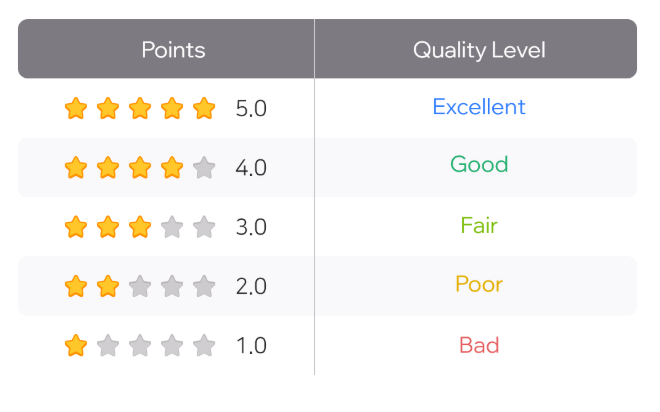
Conclusion
For this usage, the deployment of XCAL-VQML transformed a critical challenge into a breakthrough success. What began as doubts about how to measure video quality ended with a proven framework for reliable, scalable testing.
For this usage, the deployment of XCAL-VQML transformed a critical challenge into a breakthrough success. What began as doubts about how to measure video quality ended with a proven framework for reliable, scalable testing.
XCAL-VQML now stands as a trusted solution for ensuring video quality, providing the clarity and consistency needed in today’s network-driven world.